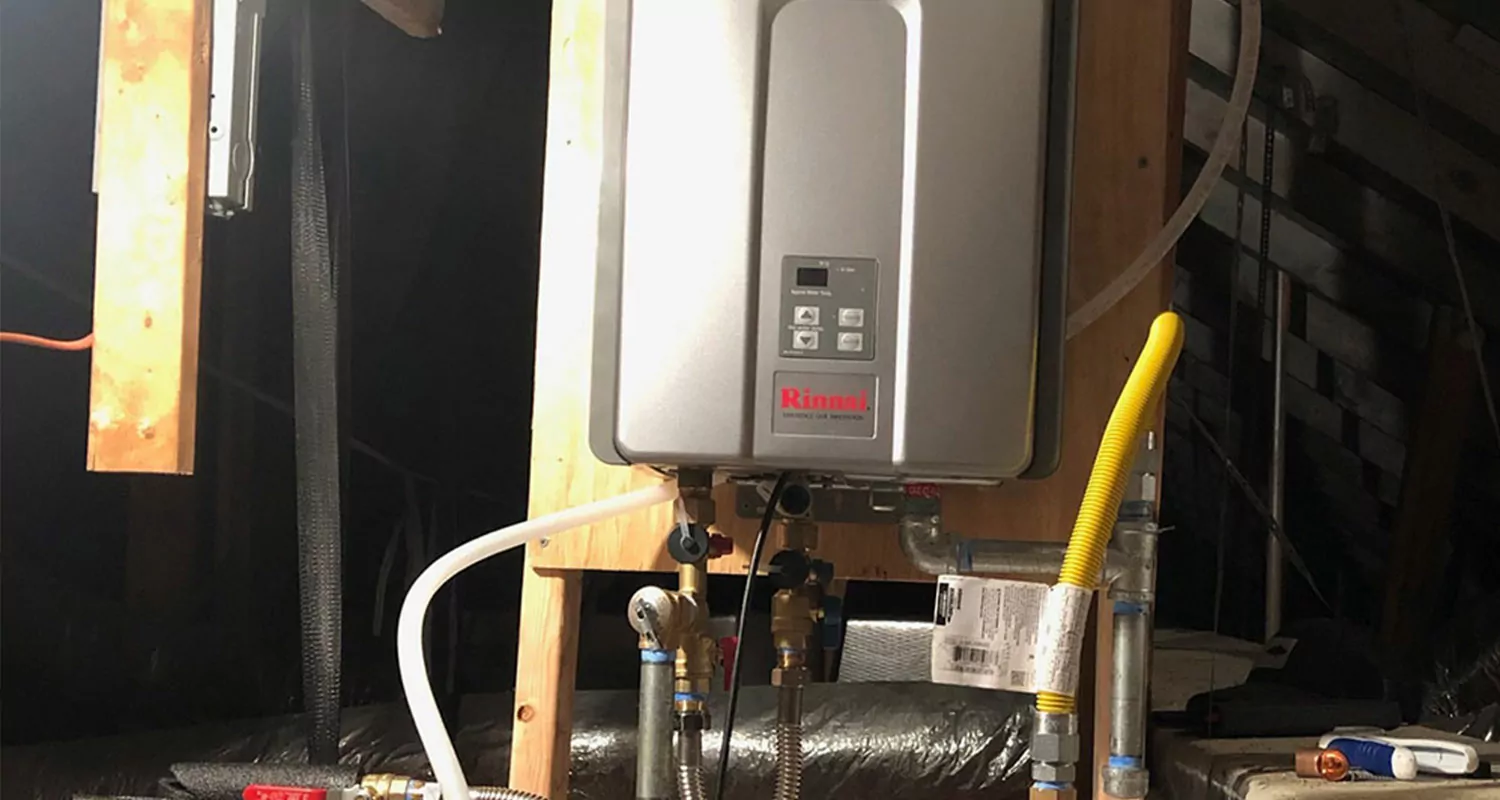How to Maintain Your Home's Hot Water System EffectivelyEssential Tips on Caring for Your Home's Hot Water System
How to Maintain Your Home's Hot Water System EffectivelyEssential Tips on Caring for Your Home's Hot Water System
Blog Article
Here underneath you will discover more worthwhile content pertaining to Tips on Maintaining a Water Heater.

Hot water is essential for everyday convenience, whether it's for a revitalizing shower or washing meals. To guarantee your warm water system runs efficiently and lasts longer, routine upkeep is essential. This write-up gives useful ideas and insights on just how to keep your home's hot water system to prevent disturbances and pricey repairs.
Introduction
Preserving your home's warm water system might seem complicated, yet with a few easy steps, you can guarantee it runs smoothly for several years to come. This guide covers every little thing from recognizing your warm water system to do it yourself maintenance suggestions and understanding when to call expert aid.
Relevance of Maintaining Your Hot Water System
Routine upkeep not just extends the lifespan of your hot water system but also ensures it runs efficiently. Neglecting upkeep can result in lowered efficiency, higher energy expenses, and even early failure of the system.
Signs Your Hot Water System Needs Maintenance
Understanding when your hot water system needs interest can stop major problems. Watch out for indications such as inconsistent water temperature, strange noises from the heater, or corroded water.
Recognizing Your Warm Water System
Prior to diving right into upkeep tasks, it's useful to recognize the standard parts of your warm water system. Usually, this includes the water heater itself, pipes, anode rods, and temperature controls.
Monthly Upkeep Tasks
Normal month-to-month checks can aid capture small problems prior to they rise.
Purging the Hot Water Heater
Purging your hot water heater gets rid of debris build-up, enhancing effectiveness and prolonging its life.
Monitoring and Changing Anode Rods
Anode poles avoid corrosion inside the container. Checking and replacing them when broken is crucial.
Evaluating and Adjusting Temperature Level Settings
Adjusting the temperature setups makes sure optimal efficiency and safety and security.
DIY Tips for Maintenance
You can execute numerous upkeep tasks yourself to maintain your warm water system in top condition.
Looking for Leaks
Routinely inspect pipes and connections for leakages, as these can cause water damage and greater expenses.
Evaluating Stress Alleviation Valves
Testing the stress relief valve guarantees it works correctly and prevents extreme pressure build-up.
Protecting Pipes
Shielding hot water pipelines minimizes heat loss and can conserve power.
When to Call an Expert
While DIY maintenance is valuable, some problems call for expert proficiency.
Complicated Issues Needing Professional Aid
Instances include significant leaks, electrical troubles, or if your water heater is consistently underperforming.
Regular Professional Maintenance Advantages
Specialist maintenance can consist of comprehensive assessments, tune-ups, and ensuring compliance with safety and security standards.
Final thought
Routine upkeep of your home's hot water system is necessary for efficiency, durability, and price savings. By adhering to these pointers and knowing when to look for professional assistance, you can make certain a dependable supply of warm water without unanticipated interruptions.
How to Maintain an Instant Hot Water Heater
Before tinkering with your hot water heater, make sure that it’s not powered on. You also have to turn off the main circuit breaker and shut off the main gas line to prevent accidents. Also turn off the water valves connected to your unit to prevent water from flowing into and out of the appliance. 2. When you’re done, you have to detach the purge valves’ caps. These look like the letter “T” and are situated on either side of the water valves. Doing so will release any pressure that has accumulated inside the valves while at the same time avoid hot water from shooting out and burning your skin. 3. When the purge valves’ caps are removed, you have to connect your hosing lines to the valves. Your unit should have come with three hoses but if it didn’t, you can purchase these things from any hardware or home repair shops. You can also get them from retail stores that sell water heating systems. Read the user’s manual and follow it to complete this task properly. When the hosing lines are connected, open the purge port’s valves. 4. You should never use harsh chemical cleaners or solutions when cleaning your unit. Make use of white vinegar instead. It should be undiluted and you’ll probably use about 2 gallons. 5. Now flush your water heater. This task should probably take about 40 minutes. We can’t give you specific directions for this because the procedure is carried out depending on the type, model and brand of your heater. With that being said, refer to the user’s manual. 6. When you’re done draining the unit, you have to turn off the purge port valves again. Remove the hosing lines that you earlier installed on each of the water valves. Put the valve caps (purge port) back in their respective places and be very careful so as not to damage the rubber discs that are found inside these caps. 7. Now that everything’s back in place, check your user’s manual again to find out how to reactivate your water heating system. 8. Once it is working, turn one of your hot water faucets on just to let air pass through the heater’s water supply pipes. Leave the tap on until water flows smoothly out of it. https://www.orrplumbing.com/blog/2014/september/how-to-maintain-an-instant-hot-water-heater/

I'm just very interested by Tips on Maintaining a Water Heater and I'm hoping you appreciated the blog posting. Are you aware of somebody else who is interested in the niche? Feel free to share it. We recognize the value of your readership.
Rates Report this page